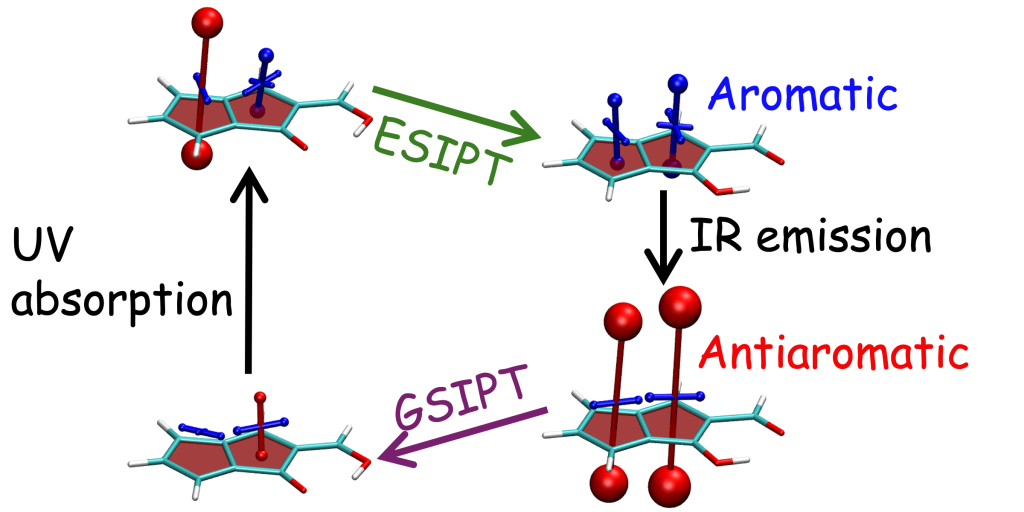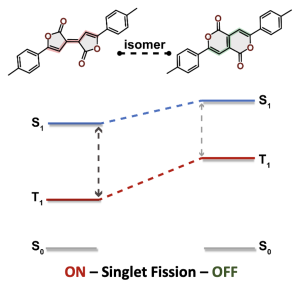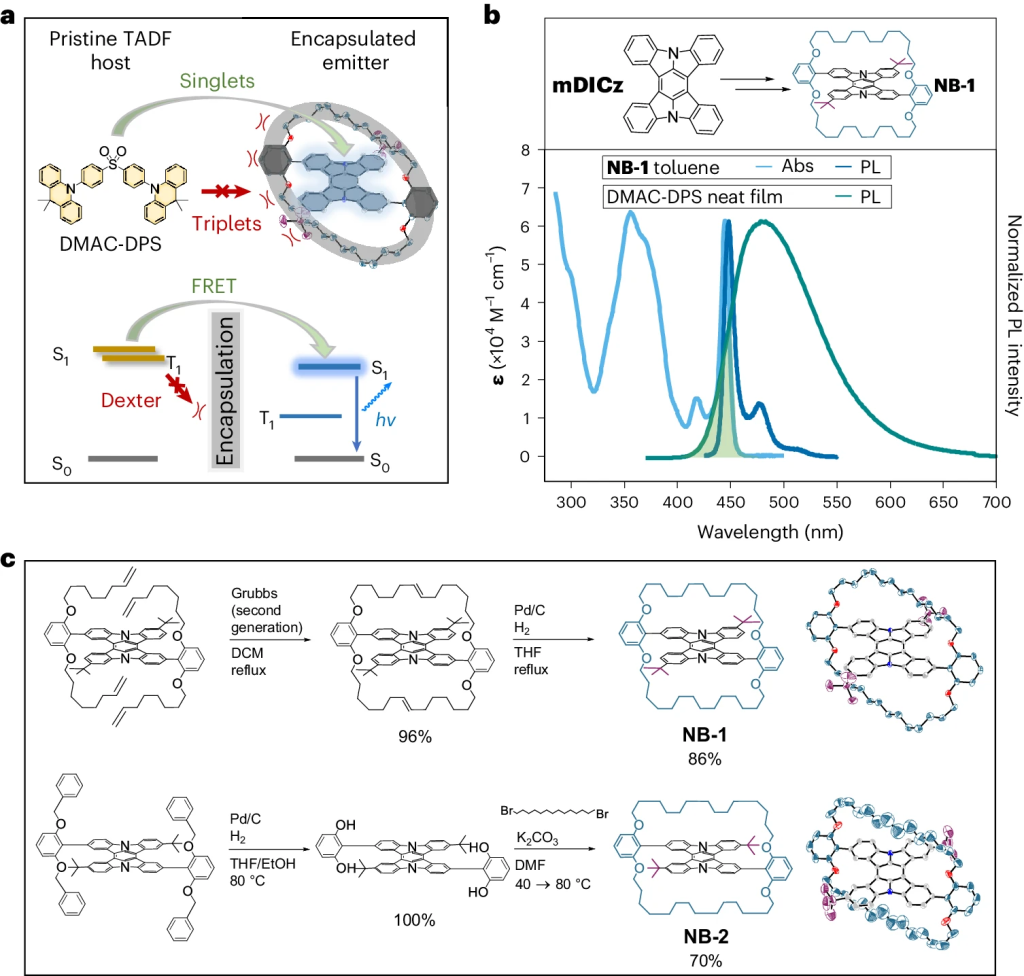I find oscillator strengths intriguing. Let me just add a few thoughts to an earlier blogpost. We start with the two commutators
which can both be fairly easily derived. Taking Eq. (2), left multiplying by  and right multiplying by
and right multiplying by  and assuming that they are both eigenfunctions, we get
and assuming that they are both eigenfunctions, we get
For some, in my opinion very strange, reason it is the case that the energy gap between any two states is proportional to the ratio between their transition dipole moments in the velocity and length representations.
Starting with Eq. (1), left multiplying by  , right multiplying by
, right multiplying by  and inserting the resolution of the identity
and inserting the resolution of the identity  we obtain
we obtain
Now we define the oscillator strength in the mixed gauge as
where  goes over the x, y, and z coordinates of all electrons (that is
goes over the x, y, and z coordinates of all electrons (that is  terms in total). Reinserting into Eq. (4) yields the Thomas-Reiche-Kuhn sum rule
terms in total). Reinserting into Eq. (4) yields the Thomas-Reiche-Kuhn sum rule
stating that the sum over all oscillator strengths starting from any given state is equal to the number of electrons. This means that the oscillator strength can be seen to represent the number of oscillating electrons in any given transition.
Using Eq. (3) we can also rewrite the oscillator strength in the more common length gauge
or the velocity gauge
In the limit of a complete basis set, all three definitions of the oscillator strength lead to the same result. In this sense, one can use these definitions to see how much the basis set is converged.
The thing that I find strange is how the oscillator strength could either be independent of the energy gap [Eq. (5)], proportional to it [Eq. (7)], or inversely proportional [Eq. (8)]. If two states cross, should the oscillator strength go to zero according to Eq. (7) or diverge to infinity according to Eq. (8)?





